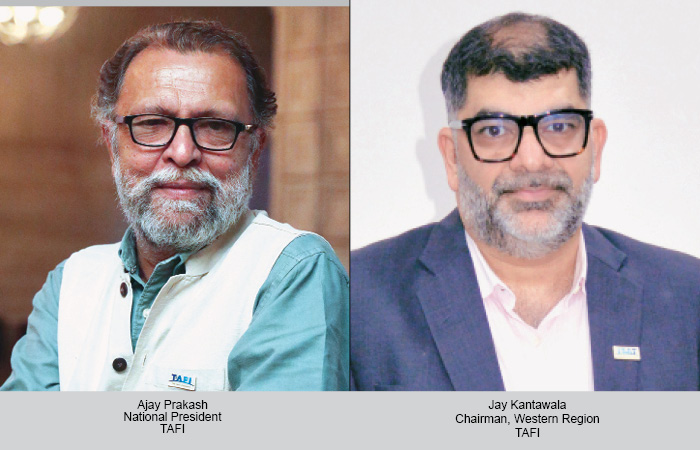Driven by economic stability and pent-up demand, global business travel spending is set to hit a record $1.48 tn in 2024, surpassing the 2019 peak of $1.43 tn. Projections suggest spending will exceed $2 tn by 2028, signalling a strong recovery and growth for the sector.
Janice Alyosius
The global business travel industry is positioned for a strong recovery, as indicated by projections in the latest GBTA Business Travel Index Report. Forecasted to reach $1.48 trillion by the end of 2024, surpassing the previous high of $1.43 trillion in 2019, the sector demonstrates significant resilience and momentum post-pandemic. Looking ahead, experts anticipate this upward trajectory to continue, with spending projected to exceed $2 trillion by 2028.
The economic stability has been a crucial factor driving the resurgence of business travel. Combined with pent-up demand from postponed trips during the pandemic, CEOs and CFOs are increasingly endorsing travel for business engagements. This confidence is reflected in the return of many major business travel markets to or near pre-pandemic levels, propelling expenditure growth across various sectors.
According to the 2024 Business Travel Index Outlook by GBTA, global business travel spending is projected to rise by 11.1 per cent in 2024, following substantial year-on-year growth of 30 per cent to 47 per cent in 2022 and 2023. The growth rate is expected to gradually stabilise, leading to an annual compound growth rate of 6.95 per cent from 2025 to 2028.
In 2023, the business travel industry made significant strides, recovering approximately $675 billion of the $770 billion lost in 2020, as per GBTA BTI™ analysis. By the end of 2023, it had achieved 93 per cent of its pre-pandemic peak of $1.43 trillion. The sector saw substantial growth that year, with expenditures increasing by 30 per cent compared to 2022, reaching a total of $1.3 trillion.
Key insights from the report
v Global business travel spending is projected to rebound to $1.48 trillion in 2024, returning to pre-pandemic levels. This recovery is supported by stronger-than-expected economic conditions in 2022 and 2023. However, adjusted for inflation, spending levels are anticipated to trail pre-pandemic peaks in the coming years, suggesting that business travel volumes will also remain below pre-pandemic levels.
v In 2023, global business travel expenditures totalled $1.34 trillion, with allocations including, $501 billion for lodging, $282 billion for air travel, $245 billion for food and beverage, $165 billion for ground transportation, and $142 billion for other travel expenses.
Regional recovery rates varied in 2023, with Asia Pacific leading at 36 per cent, followed by Western Europe at 33 per cent, and North America at 25 per cent. The USA, Middle East, Africa, and Latin America each achieved or exceeded 100 per cent of their 2019 spending levels. Looking ahead to 2024, China and the USA are expected to maintain their positions as the top two markets for business travel spending.
Across industries, the financial and insurance sectors are poised for the most significant growth (72 per cent) in business travel spending through 2028. Retail trade (41 per cent) and agriculture, forestry, and fishing (32 per cent) sectors are expected to see slower growth during this period.
While the overall outlook remains optimistic, potential longer-term impacts on business travel include factors such as persistent inflation, geopolitical tensions, industry workforce challenges, and environmental concerns. Corporate sustainability efforts are increasingly influencing the sector, underscoring the importance of coordinated industry action.
A survey of 4,100 business travellers across 28 countries highlighted increased overall business travel, although international travel remains subdued. 64 per cent of respondents reported higher business travel spending compared to 2023, despite some experiencing more restrictive travel policies.
On average, business travellers spend $834 per trip, with lodging accounting for $312, food and beverage $153, air travel $176, ground transportation $103, and miscellaneous expenses $89. Most travellers (81 per cent) find their business trips very or moderately worthwhile for achieving objectives, with attending seminars/ training and conventions/ conferences being the most common purposes.
With expectations of continued growth and adaptation to evolving economic and environmental factors, the business travel industry is poised for a dynamic future.
 TravTalk India Online Magazine
TravTalk India Online Magazine





